5 tips la veuve Clicquot can teach you about being an international success
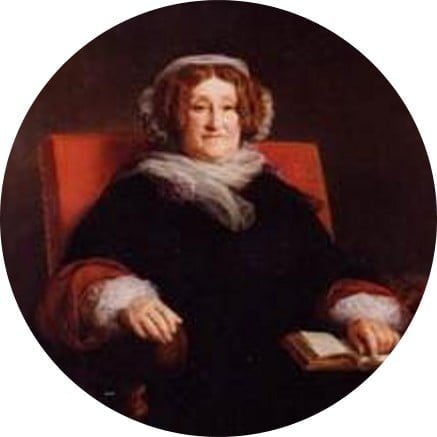 French women seem to have it all: they effortlessly know the secrets to staying slim, dressing perfectly and being sexy. But French women also know how to work hard. From Joan of Arc to Coco Chanel – French women have sacrificed everything in the name of success.
French women seem to have it all: they effortlessly know the secrets to staying slim, dressing perfectly and being sexy. But French women also know how to work hard. From Joan of Arc to Coco Chanel – French women have sacrificed everything in the name of success.
From taking on an apprenticeship to defying Napoleon’s blockade on Russia, Barbe-Nicole – better known as la veuve Clicquot – pushed boundaries and expectations on her quest to build an iconic champagne house.
Today, La veuve Clicquot is one of the World’s most prestigious brands of champagne. But do you know the true story of how one woman built one of France’s most recognisable brands?
As the original entrepreneur la veuve Clicquot has a lot to teach us modern day creators and professionals about building our businesses. We took a closer look at her story to discover Barbe-Nicole’s 5 foolproof secrets to success.
1. Study hard
Barbe-Nicole and her husband François Clicquot worked together on the family business up until his death.
Having already learnt lots about the champagne process, Barbe-Nicole wanted to continue producing the bubbly drink. Her father-in-law, Philippe Clicquot, agreed to fund her on the proviso that she took up an apprenticeship.
In her article for Smithsonian Mag, Natasha Geiling describes Barbe-Nicole’s journey. La veuve “entered into an apprenticeship with the well-known winemaker Alexandre Fourneaux, and for four years tried to make the dying wine business grow.”
While her business still struggled, Barbe-Nicole was given an opportunity many women of her time were not: a chance to study.
She made the most of the knowledge she gained in that time, and it served her well throughout her career .
2. Take the lead
Having completed her apprenticeship, Barbe-Nicole set about building the business. Her father-in-law’s initial investment had run out and still her business struggled.
She approached Philippe Clicquot once more and he agreed to sponsor her again. Barbe-Nicole had proven she was prepared to work and learn. Monsieur Clicqout agreed to invest in her a second time.
In her book ‘The Widow Clicquot: The Story of a Champagne Empire and the Woman Who Ruled It,’ Tilar J Mazzeo explains that Philippe Clicquot clearly recognised his daughter-in-law’s potential. “[He] was no fool. He understood how very keenly intelligent his daughter-in-law was.”
La veuve took control and set about buying more vineyards and improving her boisson. She gradually built up its popularity amongst the upper class.
When Reims was invaded by Russia, Barbe-Nicole – using her initiative –offered the officers bottles of her champagne. When it was won back by France she did the same with her native countrymen.
Knowing the Russian aristocrats loved her champagne, Barbe-Nicole devised a plan to help her corner the market.
3. Know your market inside-out, then take risks
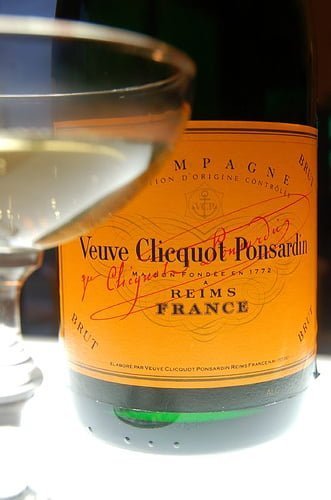
Not leaving anything to chance, la veuve smuggled 10 000 bottles of her prized champagne out of France and awaited the end of the blockade.
In ‘The Classicist: The History of Veuve Clicquot’, Jared Stern explains: “She was there weeks ahead of her competitors, selling her champagne for $100 a bottle to the celebrating Russians, becoming famous practically overnight.”
4. Think outside the box; always look for improvement
Demand for her champagne was constantly growing and Barbe-Nicole needed to find a way to quickly produce more wine.
The champagne process was long and very wasteful. The wine needed to be poured from one bottle to another so that gluggy sediment could be removed.
It was Madame Clicquot who invented the riddling process. Riddling involves bottles being placed upside down on a riddling rack. Everyday the bottles are gently shaken and turned. When the champagne is ready, the bottle is gently uncorked and the sediment is easily collected and removed from the bottle. This end process is called disgorgement.
“The invention of riddling allowed the mass-production of an artisanal and luxury product,” Tilar J. Mazzeo explains, “just not at the tiny quantities that they were dealing with before.”
This process put Barbe-Nicole ahead of the pack. Her main competitor Jean-Rémy Moët took almost a decade to find out her secret technique.
5. Change the game; be a woman ahead of your time
Barbe-Nicole Ponsardin Clicquot completely changed the Champagne industry.
She invented a technique that made mass production possible. She made champagne synonymous with style. She was the first to label her champagne, with the iconic orange label that’s still recognised worldwide today.
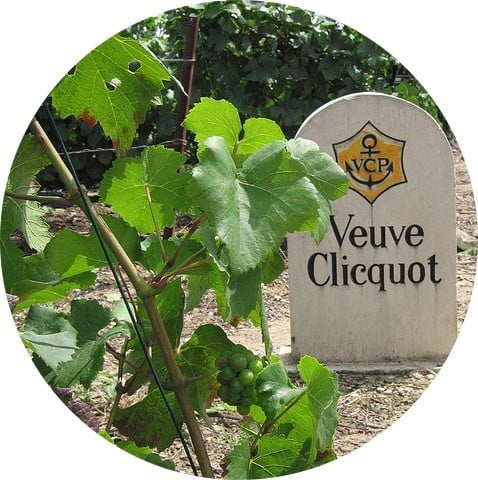 Barbe-Nicole was also the first to sell a ‘vintage’ of her champagne; she used this to showcase the legendary harvest from 1811, the year a comet passed over her vineyards.
Barbe-Nicole was also the first to sell a ‘vintage’ of her champagne; she used this to showcase the legendary harvest from 1811, the year a comet passed over her vineyards.
Natasha Geiling strongly believes that la veuve was responsible for revolutionising champagne. “From risking her inheritance on a failing business to gambling her champagne against a naval blockade, Barbe-Nicole built her champagne empire on bold decisions, a business model she never regretted.”
She is credited with having made champagne an international phenomenon.
What’s your favourite thing about Veuve Clicquot: the champagne or the woman? Share your thoughts in the comments box below!
Image Credits:1. Barbe-Nicole Clicquot-Ponsardin Veuve Clicquot, via Wikipedia.
2. Veuve Clicquot Ponsardin (logo), via Wikipedia.
3. Veuve Clicquot, via Wikipedia.
4. Champagne, by Felix 63 on Flickr.
5. Veuve Clicquot Champagne, by ulterior epicure on Flickr.
6. Sparkling Wine Production, via Wikipedia.
7. Veuve clicquot, by Matthew Kebbekus on Flickr.

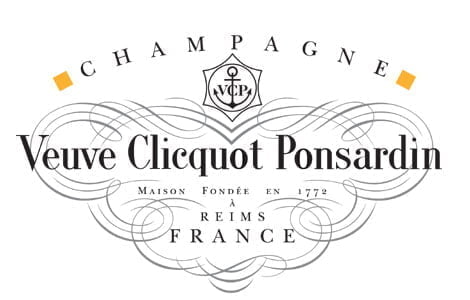
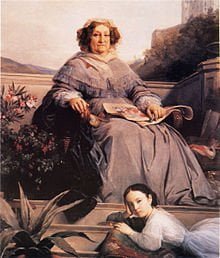
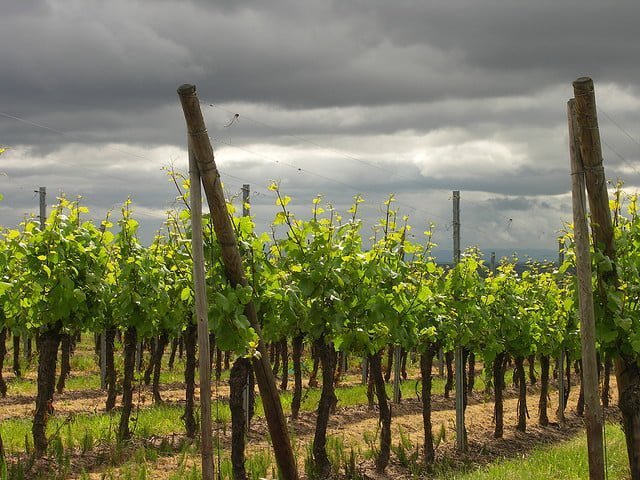







Thank you for a very interesting and inspiring article!